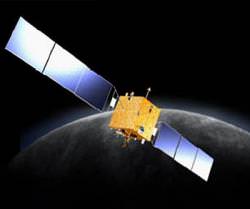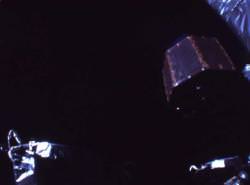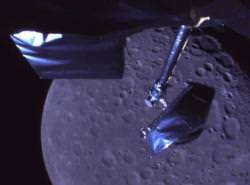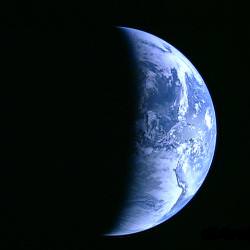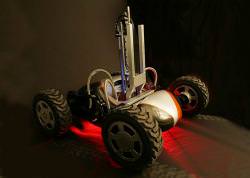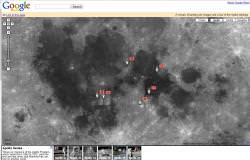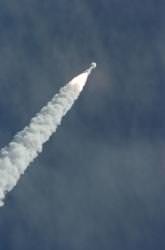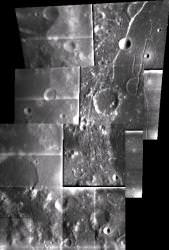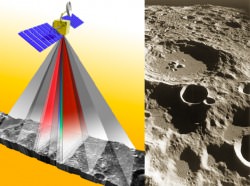The Moon had been lonely for a while, but now there’s no shortage of spacecraft on the way. The latest visitor, China’s Chang’e-1, blasted off today from the Xichang Satellite Launch Centre, Sichuan, atop a Long March 3A rocket. Although this spacecraft is just a lunar orbiter, it begins the country’s journey to putting a lander down on the surface of the Moon before 2020.
Just like the Japanese spacecraft already orbiting the Moon, and the upcoming US Lunar Reconnaissance Orbiter, this Chinese spacecraft will studying the Moon in detail.
It has four major objectives: to map the Moon’s surface in 3-D, to analyze the abundance of 14 chemical elements, to measure the depth of the lunar soil (or regolith), and to study the space weather between the Earth and the Moon.
The ambitious spacecraft weighs in at 2,350 kg, and will transition to a low, circular lunar orbit, skimming just 200 km above the surface. It’s expected to begin its Earth-Moon transfer burn on October 31st, and arrive in lunar orbit on November 5th. It’s expected that Chang’e-1 will take its first images on the Moon in late November, and continue scientific observations for a year.
Original Source: ESA News Release

